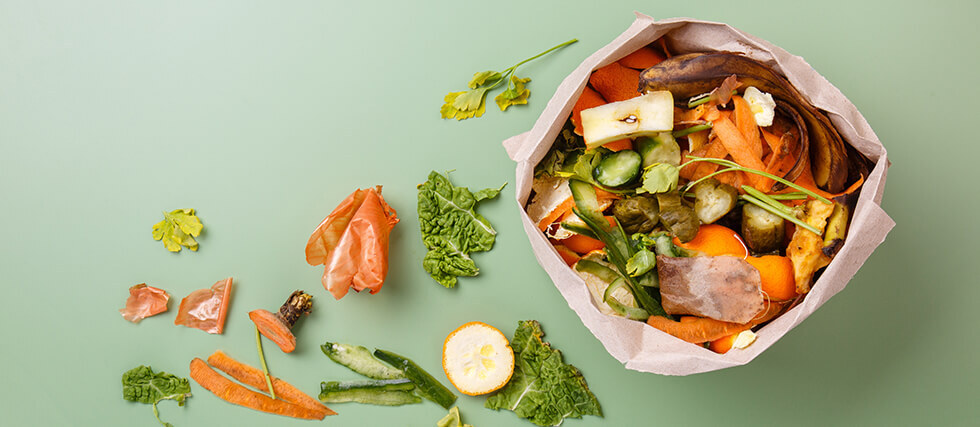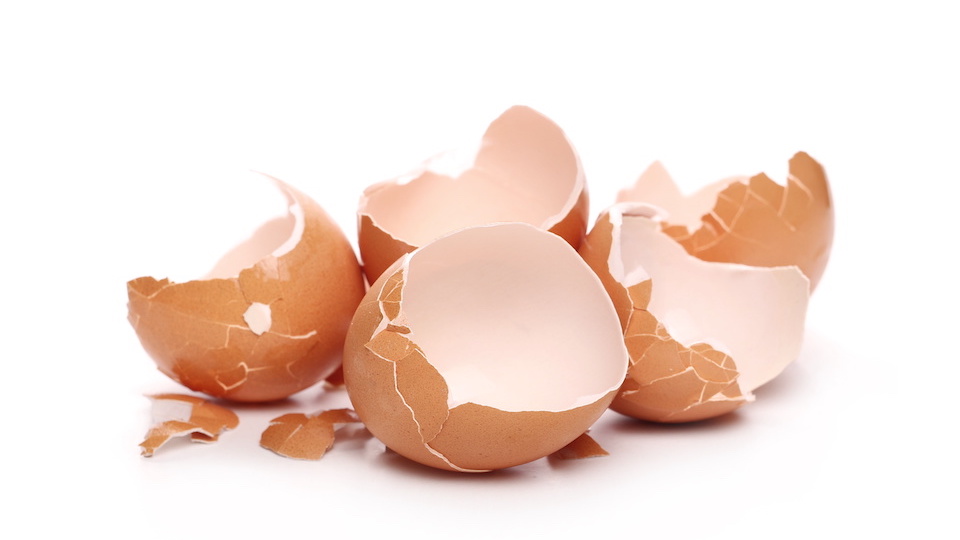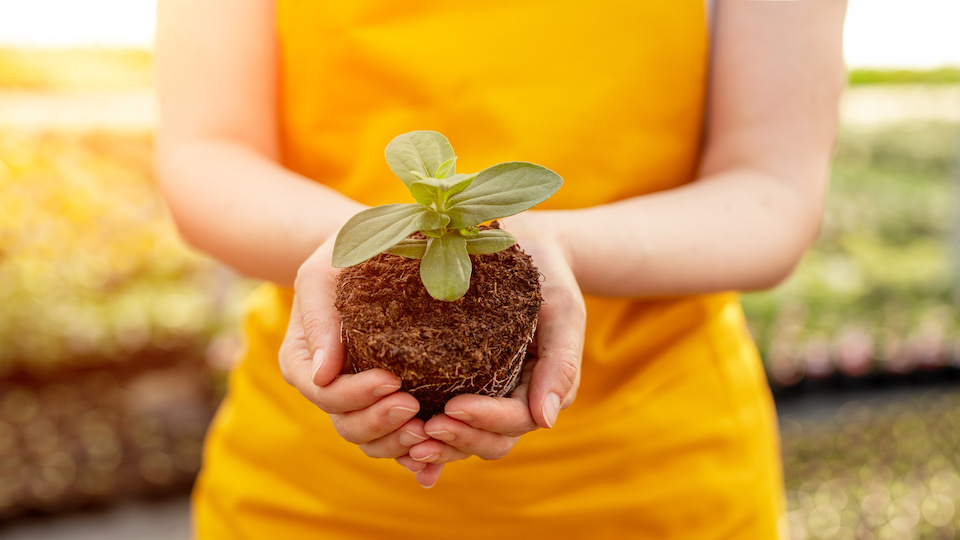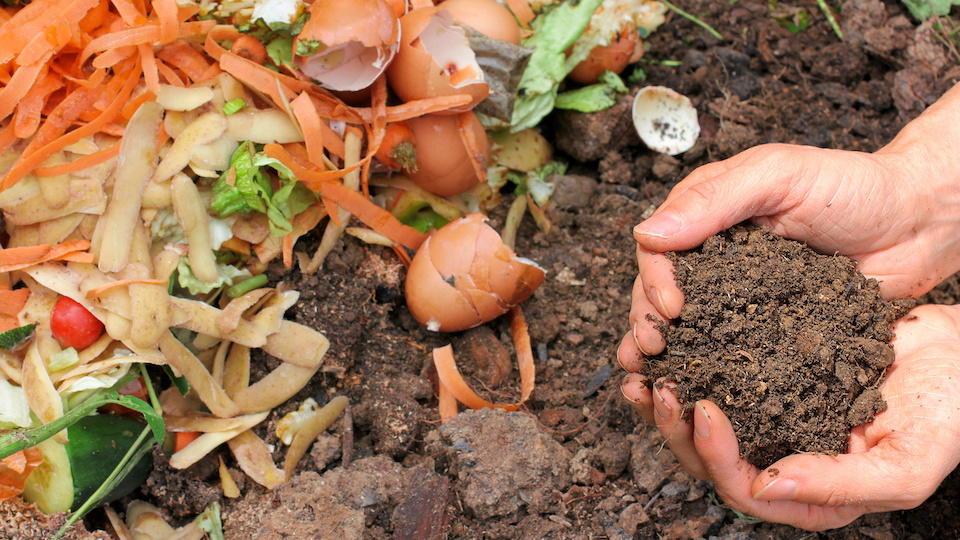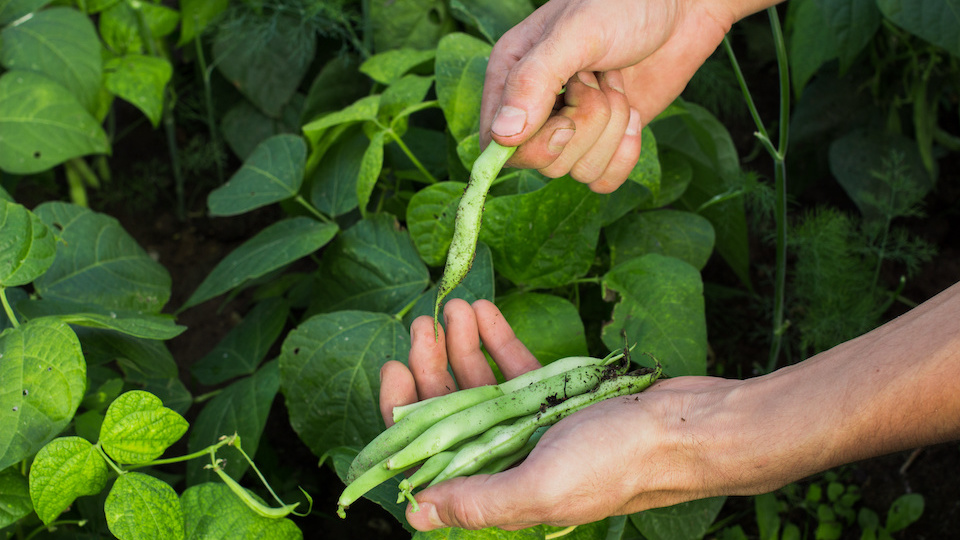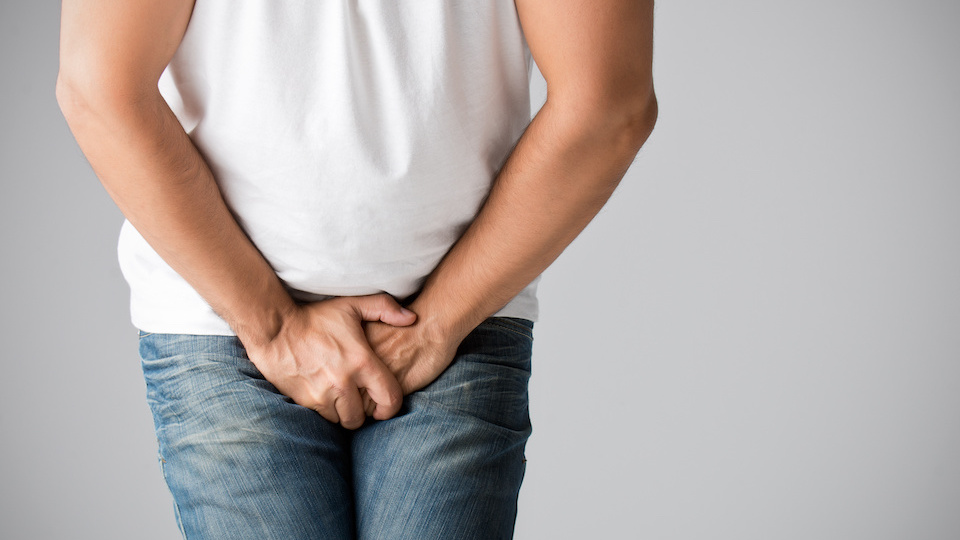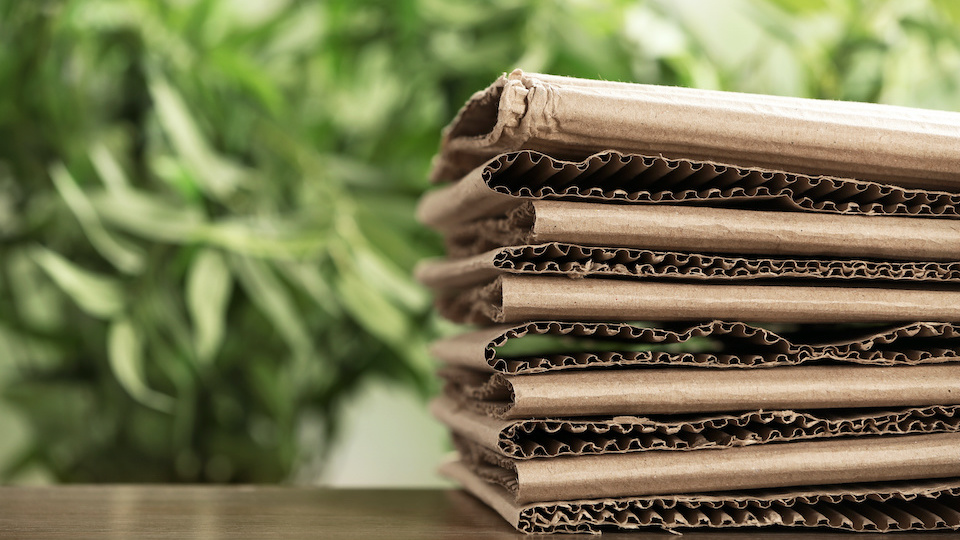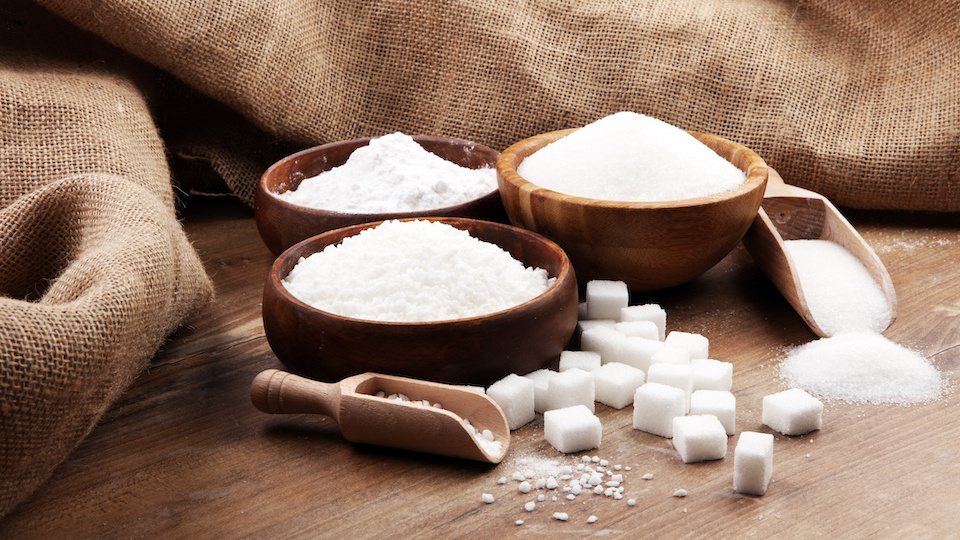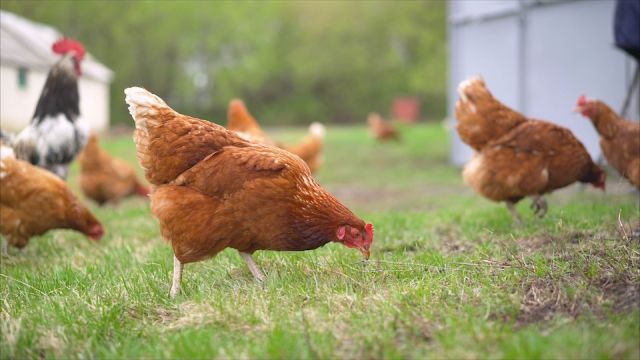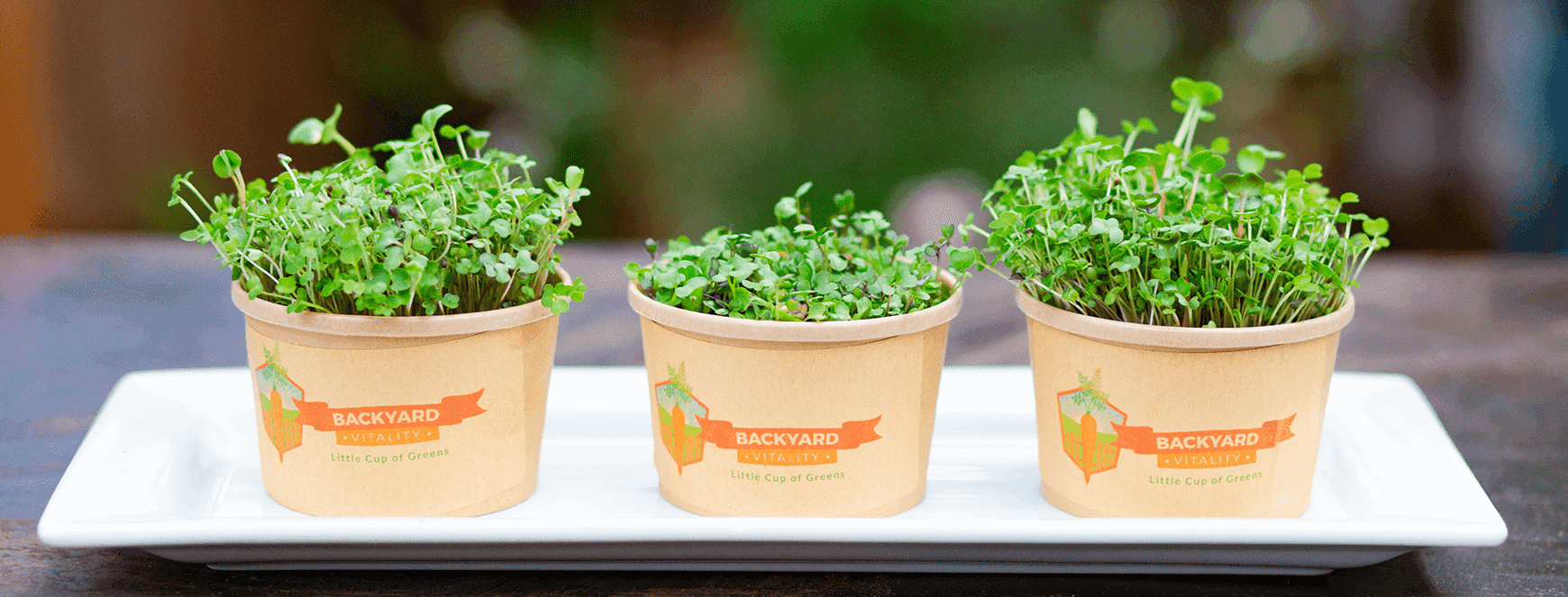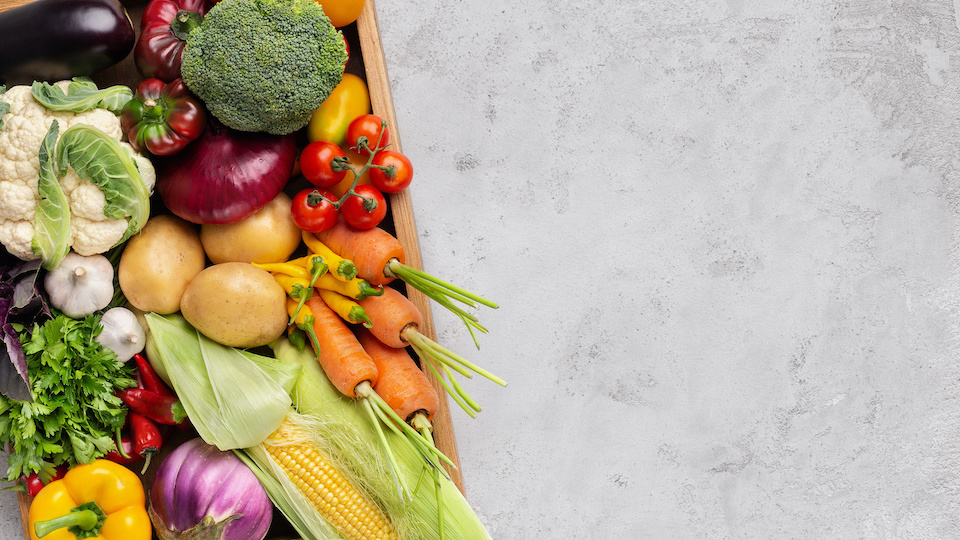This Medicinal Plant Loves Flourishes With Food Scraps
Lavender isn’t just a pretty plant—it’s a powerful natural remedy. Known for its calming scent, lavender has been shown to ease anxiety, promote better sleep, and even help reduce headaches and inflammation. Whether steeped in tea, used in essential oils, or simply enjoyed in the garden, lavender is a wellness powerhouse worth growing.
And the best part? You don’t need expensive fertilizers to keep your lavender happy. In fact, a few kitchen scraps you’d normally toss can help your plant thrive, without overdoing it.
✔️ Coffee Grounds – Sprinkle used coffee grounds around the base of your lavender. Rich in nitrogen, they boost healthy root development without overwhelming the plant. Just be sure to use them in moderation to prevent the soil from becoming too acidic.
✔️ Banana Peels – Chop them up and bury them near your plant. Packed with potassium, banana peels help lavender produce more vibrant blooms and support strong stems. They’re also a natural favorite for flower-loving plants, such as orchids and roses.
✔️ Vegetable Scraps – Carrot tops, lettuce leaves, and other greens can be composted along with dry leaves and grass clippings to make a gentle, homemade fertilizer. Once broken down, this compost adds slow-release nutrients that support lavender’s long-term health.
Lavender doesn’t need heavy feeding, but a small nutrient boost—especially in early spring—can help it produce more fragrant, stress-relieving flowers. Just remember: moderation is key. Too much of a good thing can lead to lush leaves but fewer flowers.
So next time you’re cleaning up the kitchen, save a little love for your lavender. Your garden—and your health—will thank you.


